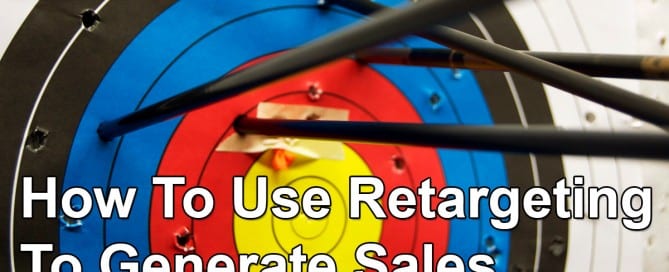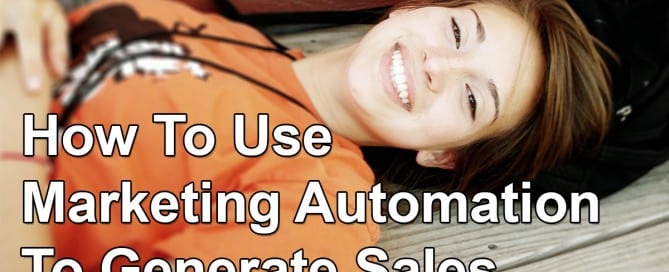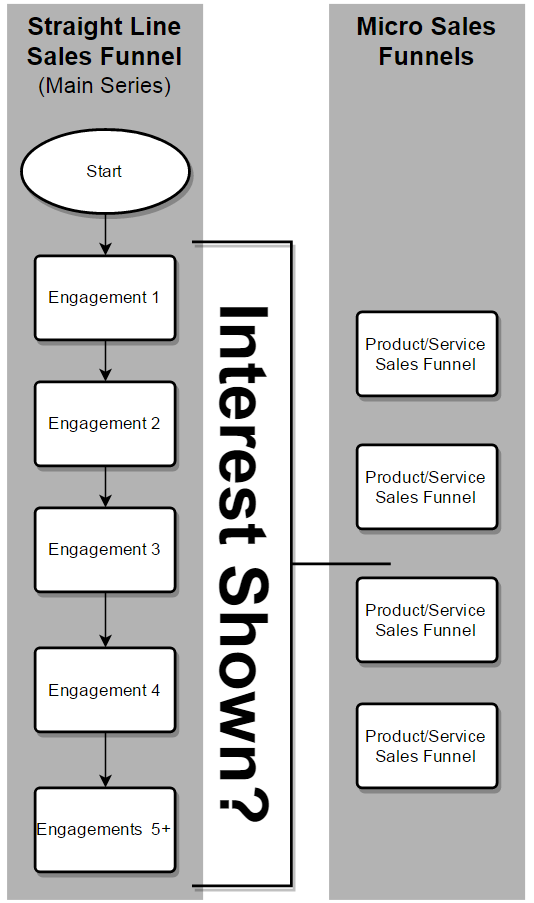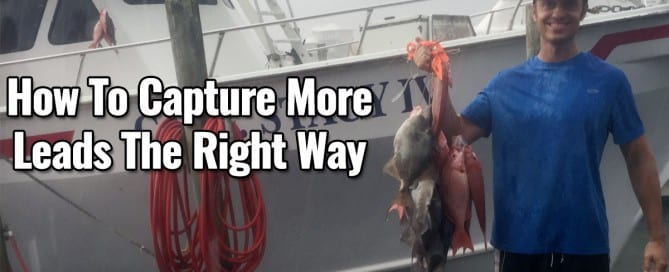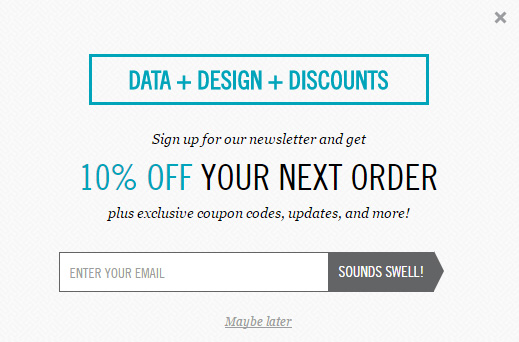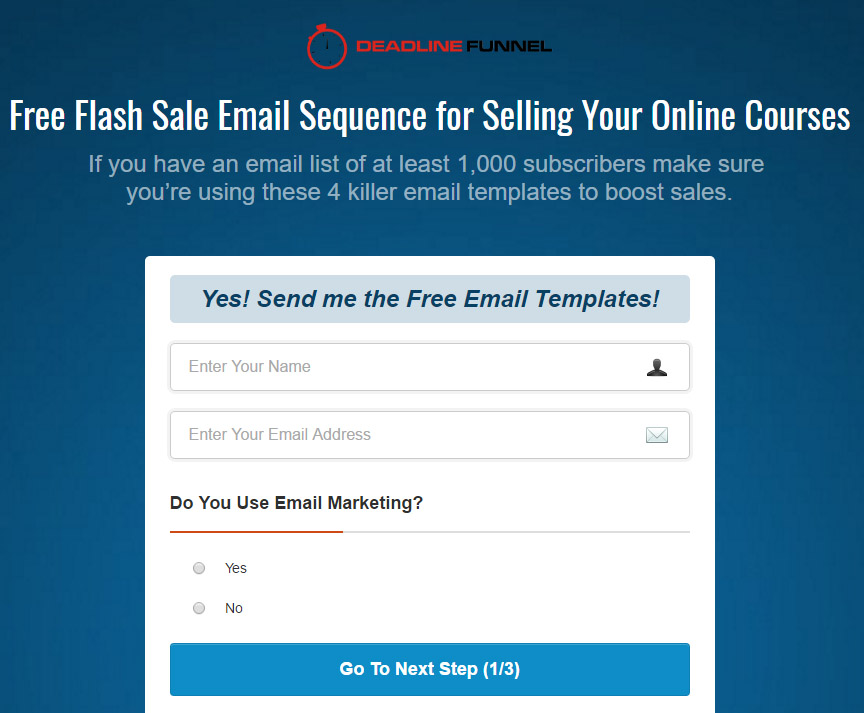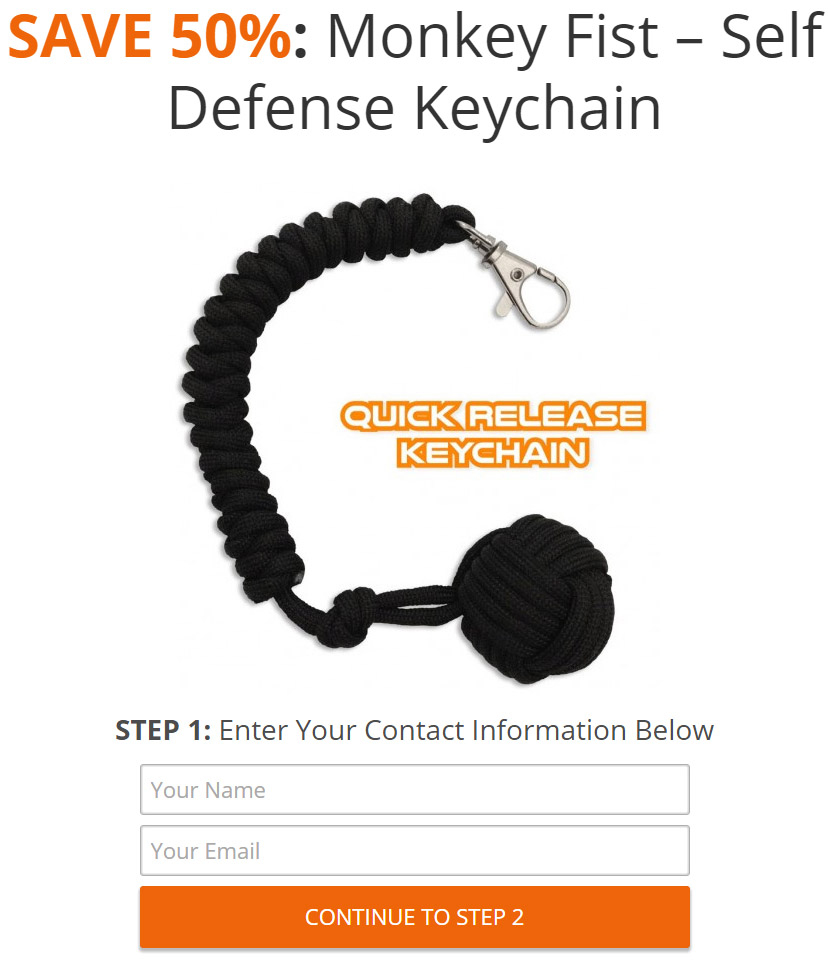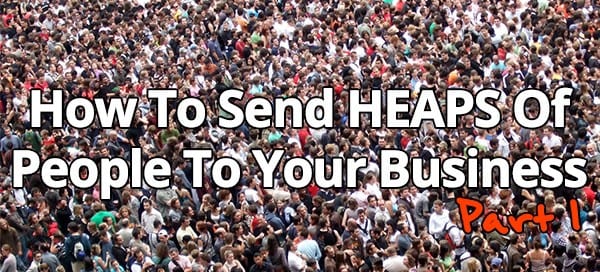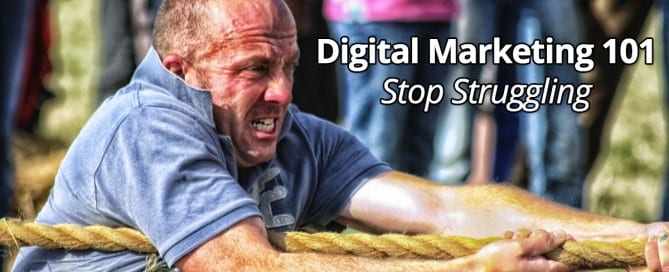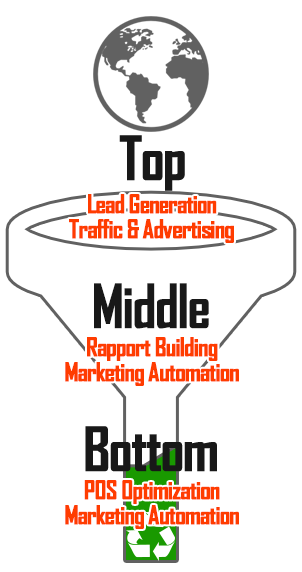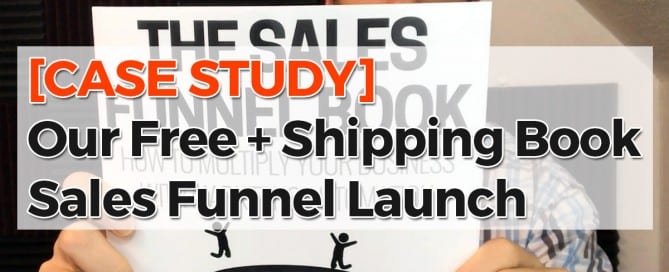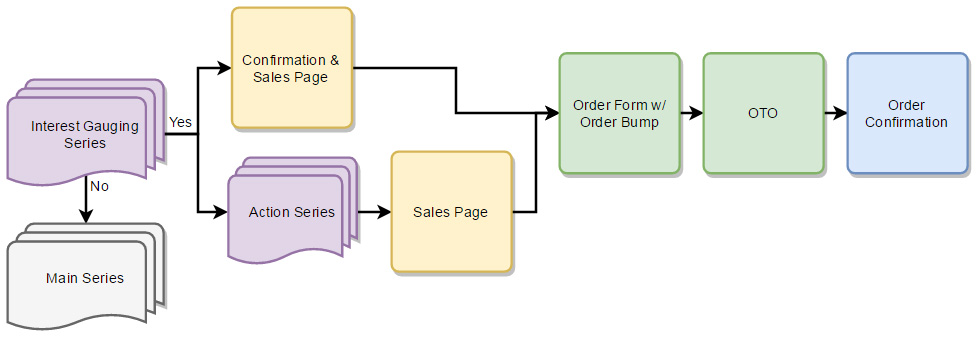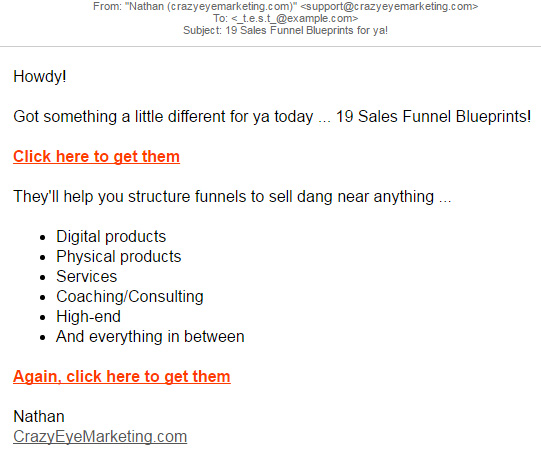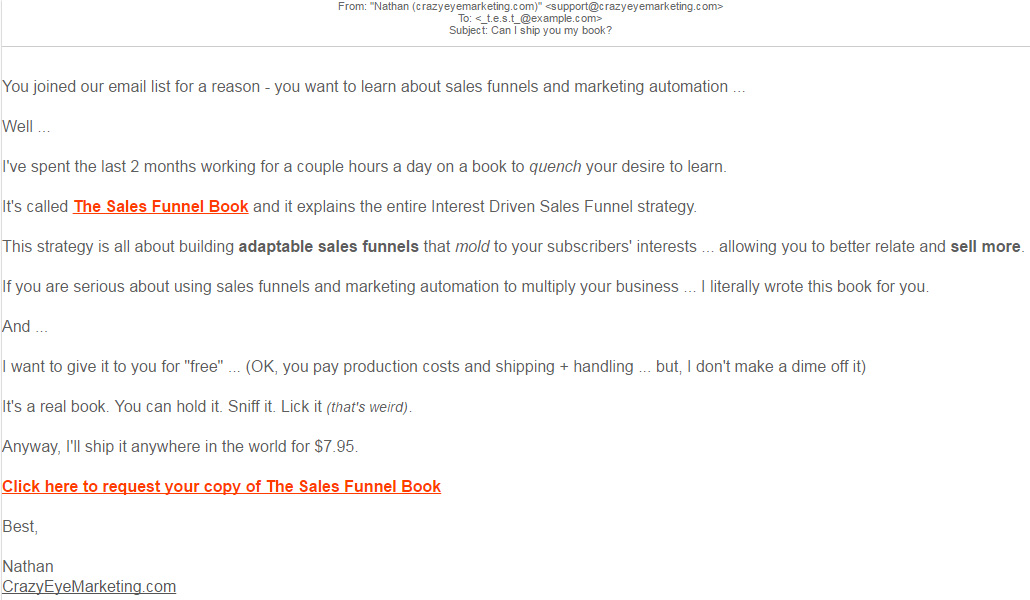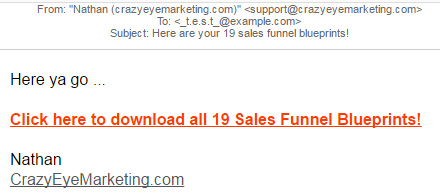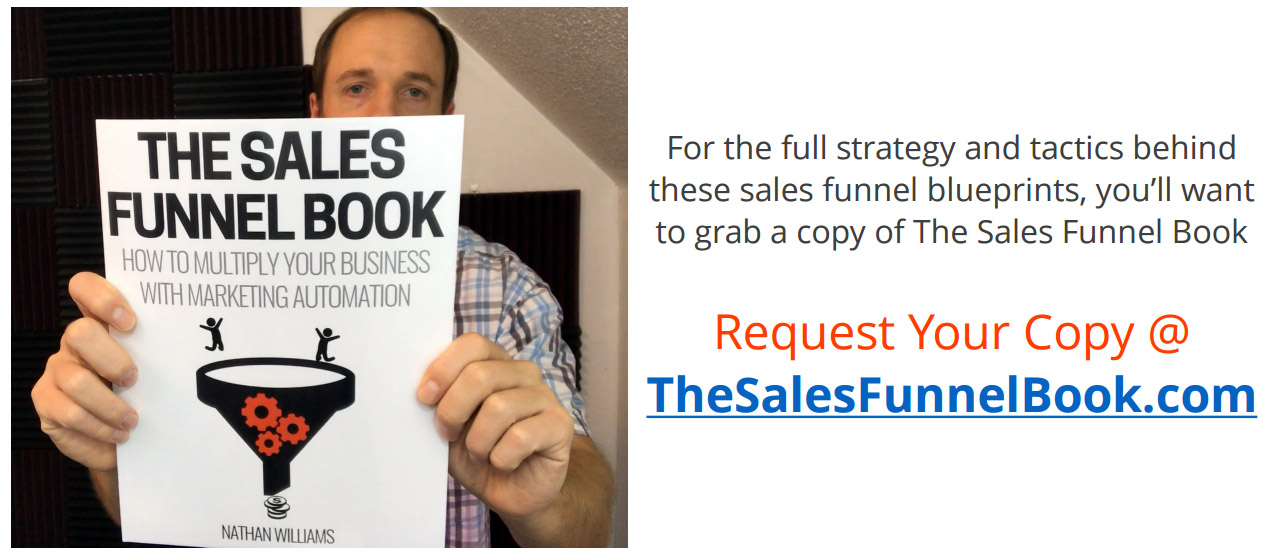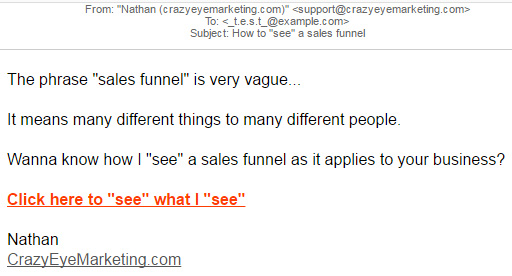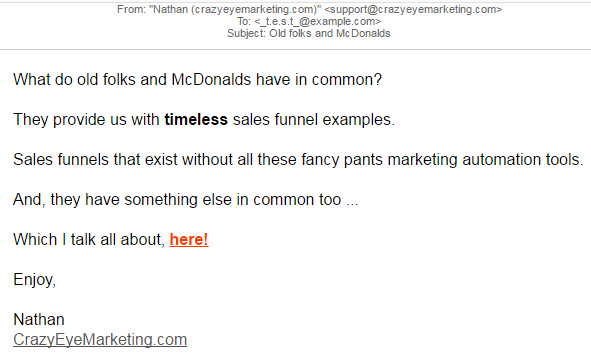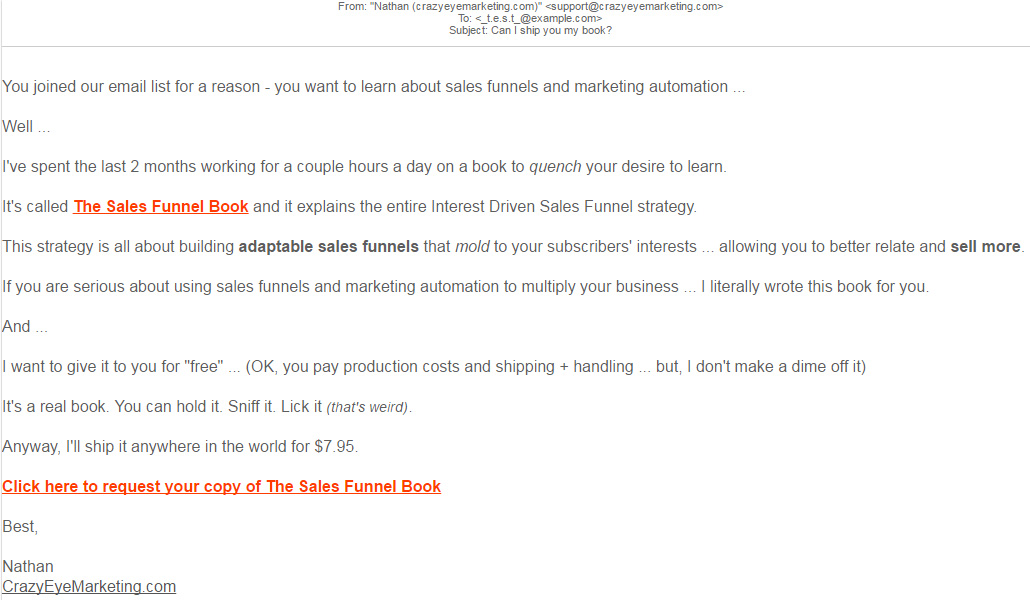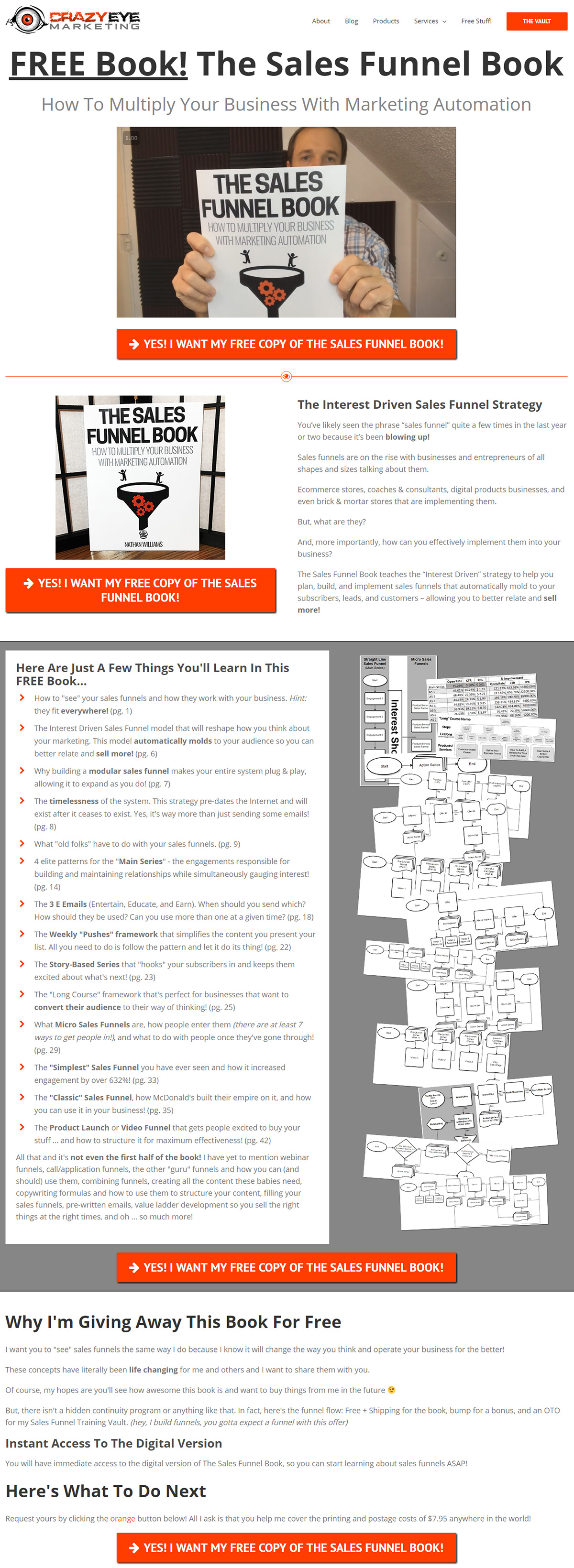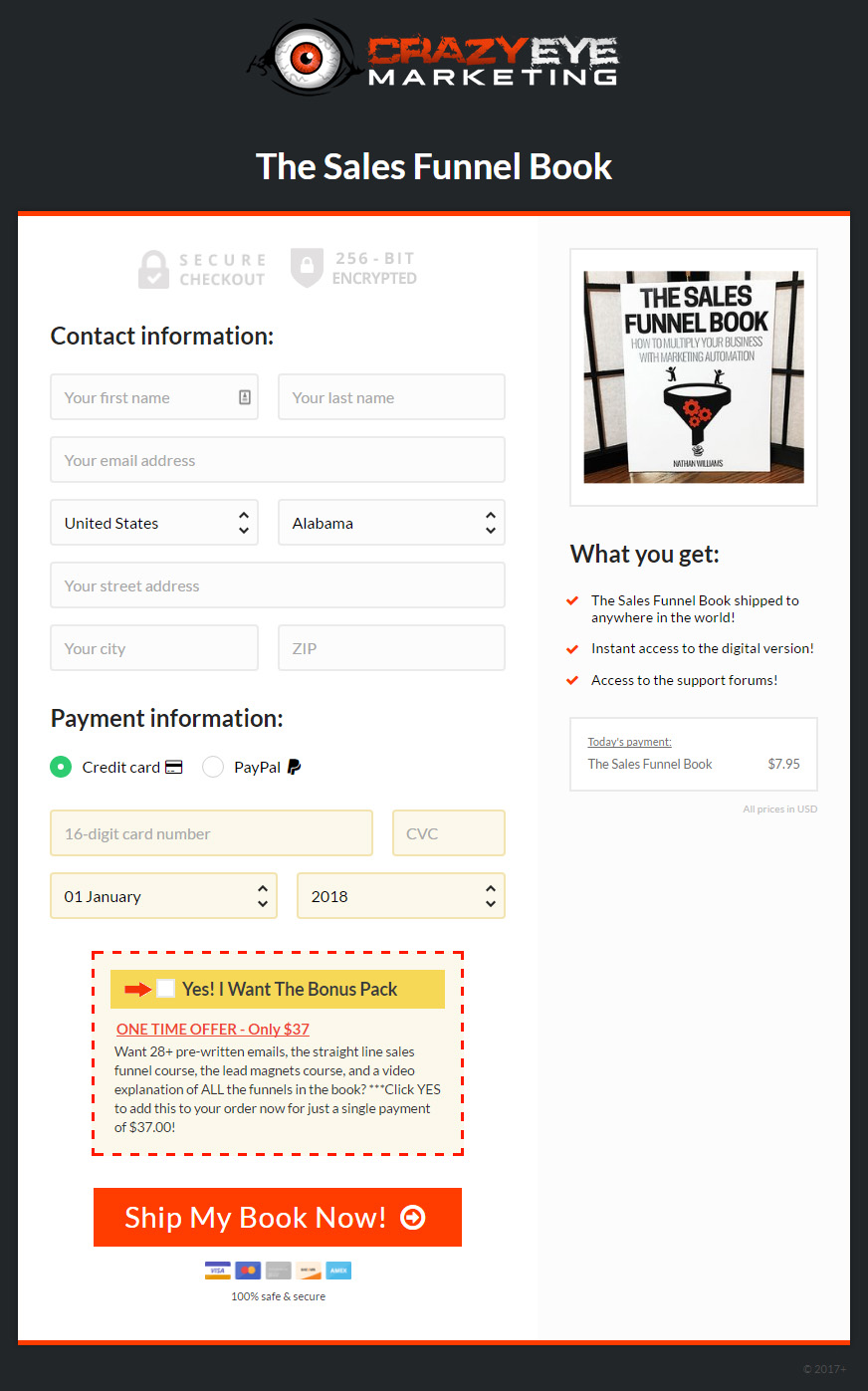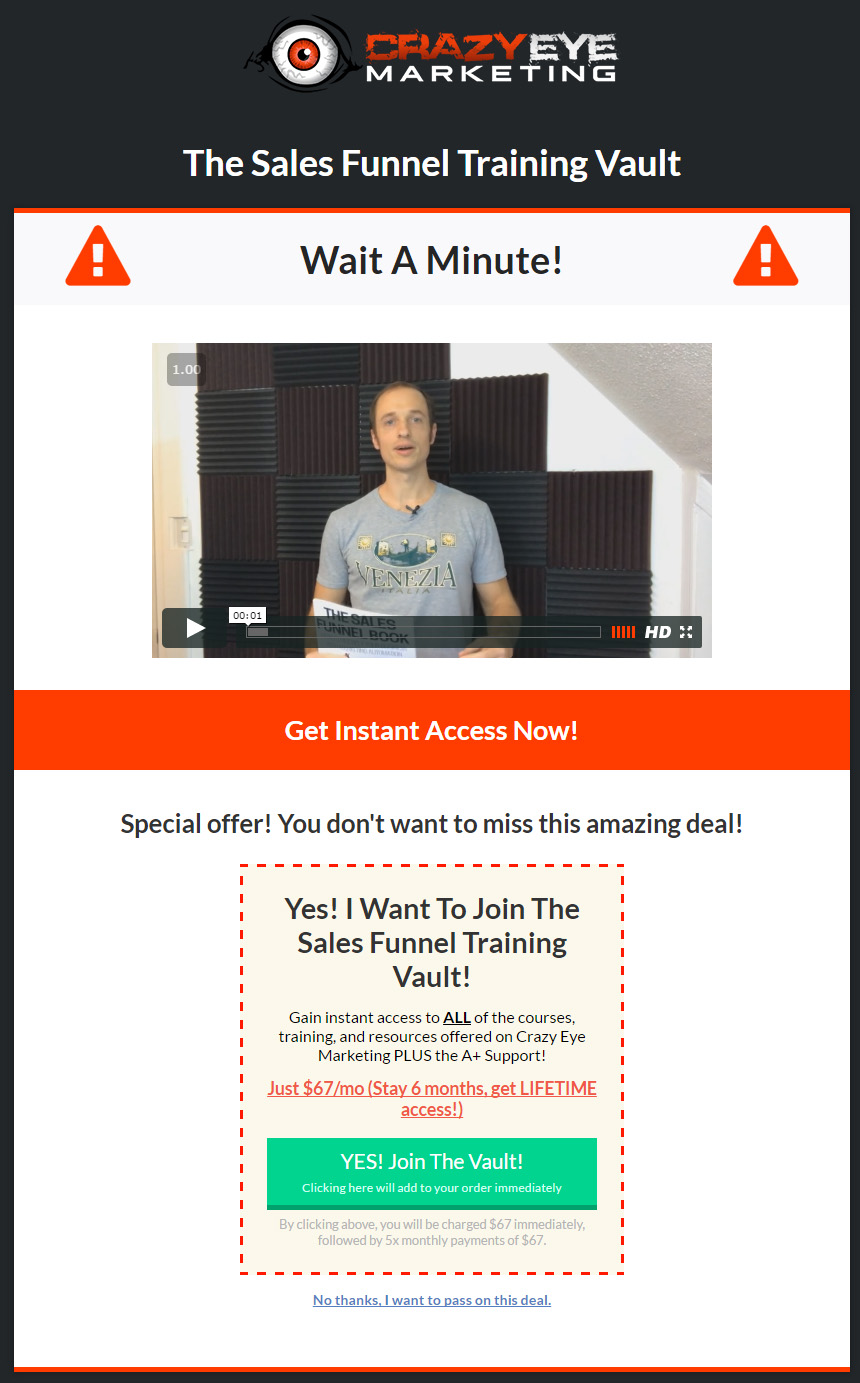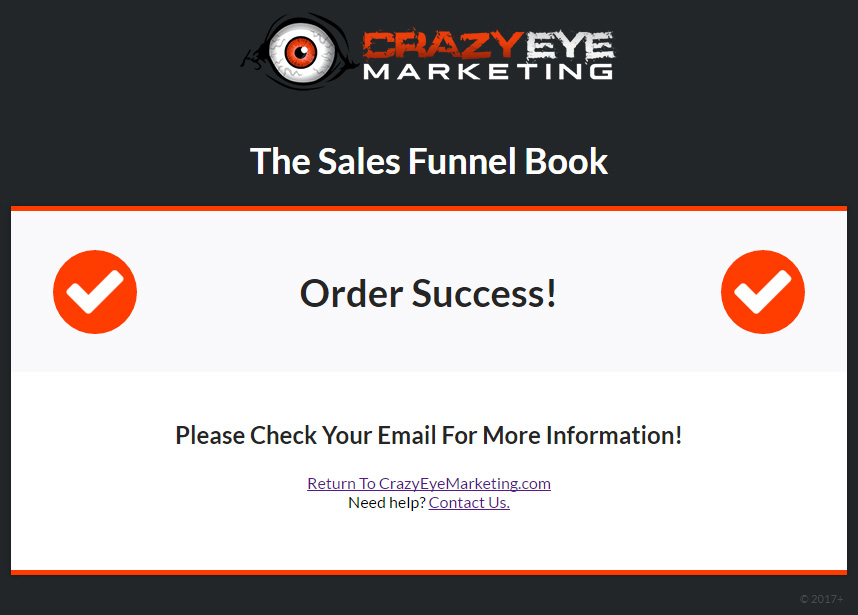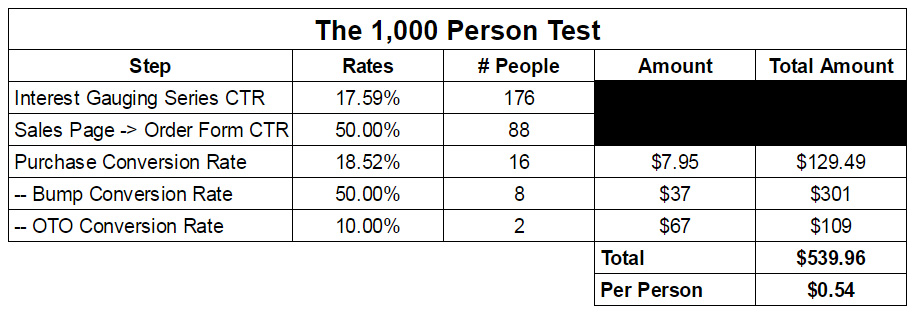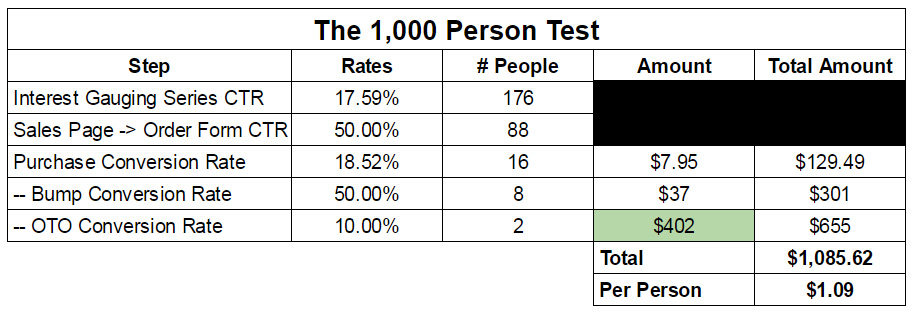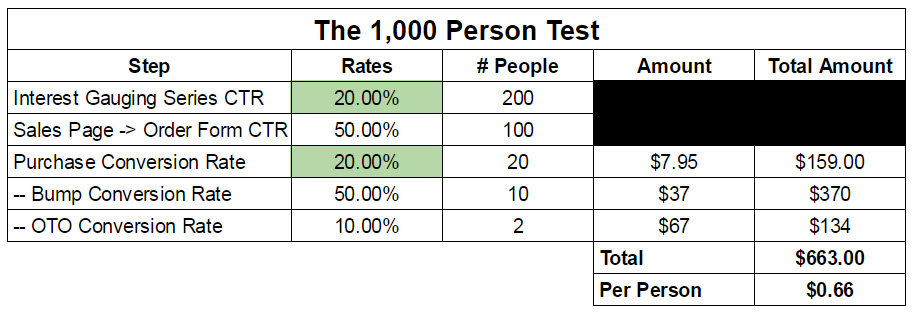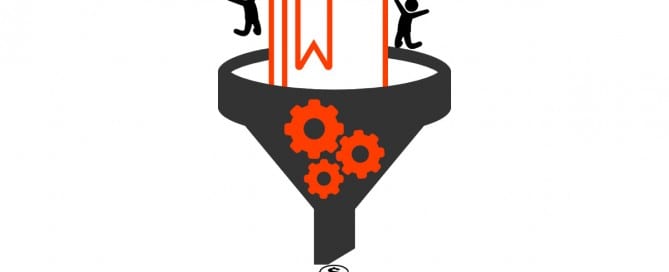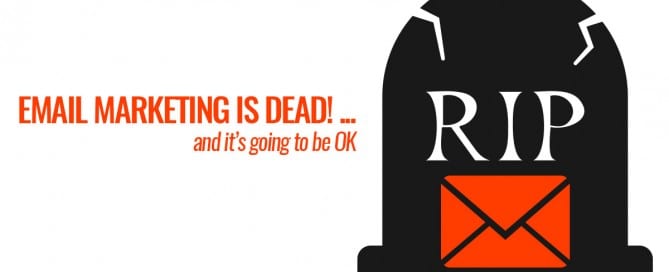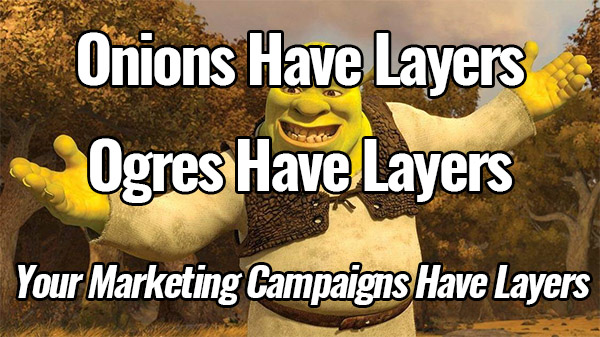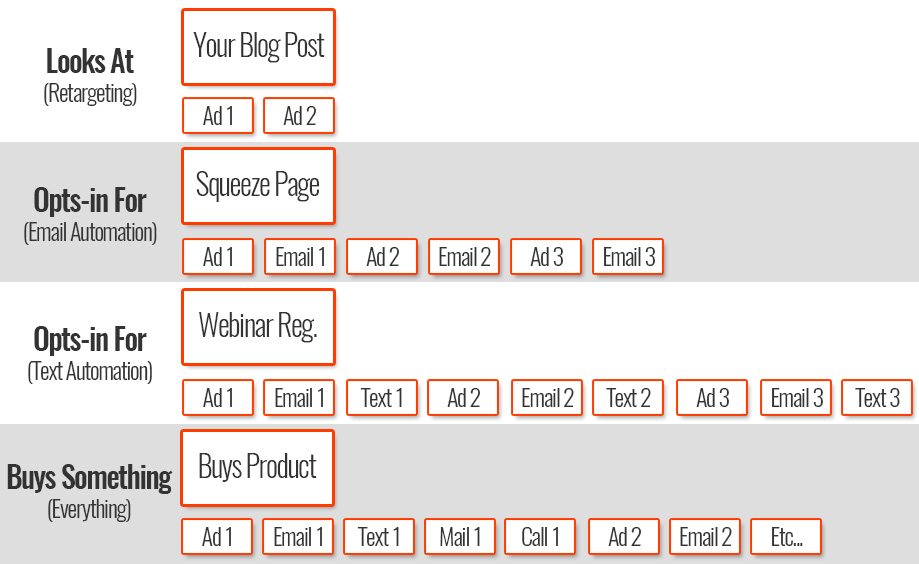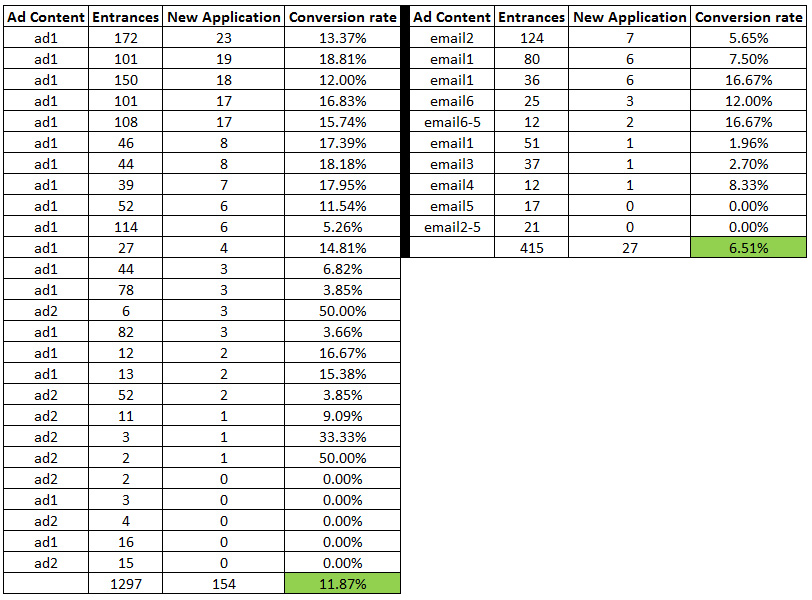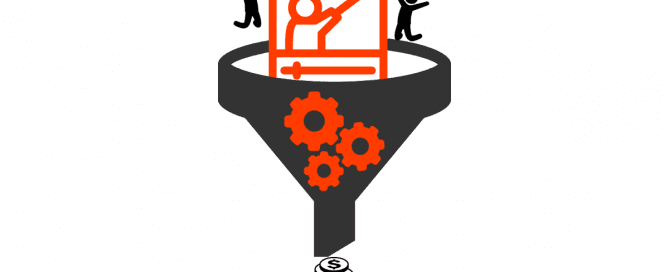(part 4) How To Use Retargeting To Generate Sales
This post is the fourth in a series of posts entitled, “Digital Marketing Strategy For Startups, Small Businesses, and Entrepreneurs“.
Have you ever looked at a product on Amazon and then seen ads for that same product on Facebook, CNN, and other unrelated sites as you browsed the web?
If so, you've experienced retargeting! (sometimes referred to as remarketing)
Retargeting is a powerful tool that, when combined with marketing automation (see part 3), creates an unstoppable marketing force!
How Retargeting Works
Retargeting gives you the ability to show ads to people on your audience lists. (side note: if you haven't read the previous parts yet, I highly recommend doing so now.)
As a reminder, these audience lists are lists of people that are built within the advertising platform you've chosen to master, ie. Facebook or Adwords.
You're able to add people to your audience lists in a variety of ways such as:
- Website activity: pages viewed or pages not viewed
- Customer files: upload a list of email addresses and/or other contact information and the ad platform will sync that information with users in their database, allowing you to retarget people already on your email list, customer list, phone list, etc.
- Engagement (applies to Facebook): how much of your video(s) they've consumed, if they've interacted with your Facebook Page, or if they've clicked on a Lead Ad or opened a Canvas
You're also able to define how long an individual will stay on your audience list before they “fall off”. Ie. if you only want to target people who have visited your site in the last 7 days and didn't buy anything, you can do that. That way you're only advertising to people who recently ran across your business.
Lookalike/Similar Audiences
One of the best parts about creating an audience list is that both Facebook and Adwords allow you to create Lookalike or Similar Audiences.
What does this mean?
Say, for example, you have a list of 3,000 customers' email addresses. You can upload that list to Facebook or Adwords and they'll sync those email addresses with individuals on their platform.
Then, if you create a Lookalike/Similar Audience, the ad platform will “blend” all 3,000 of those individuals' likes, dislikes, habits, demographics, behaviors, etc. and create what is essentially a customer avatar. They'll figure out the characteristics of your average customer.
Then, they'll take that customer avatar and find a percentage of people that most closely resembles that avatar. For example, if you're on Facebook and you create a Lookalike Audience targeting 1% of the US population, you'll end up with a Lookalike Audience of roughly 2 million people that look most like your customer avatar.
Doing this helps you find people most likely to connect with your business!
Super powerful and something you need to study and understand!
Combine Marketing Automation (Email) With Retargeting
As you're aware, the effectiveness of email has declined in the last few years because it's easy to do and everyone is doing it. Since everyone is doing it, people are bombarded with emails, and they've learned to ignore the “noise” in their inbox.
This is all OK.
You still need to focus on building your email list because it's an asset (see part 2).
When you have something you really want your audience to see, simply combine email marketing with retargeting.
How? I'll show you because I'm doing this exact thing right now….
Step 1: Export your list of email subscribers that you want to see your message
Step 2: Create a custom audience in your ad platform by uploading the list of email subscribers you just exported
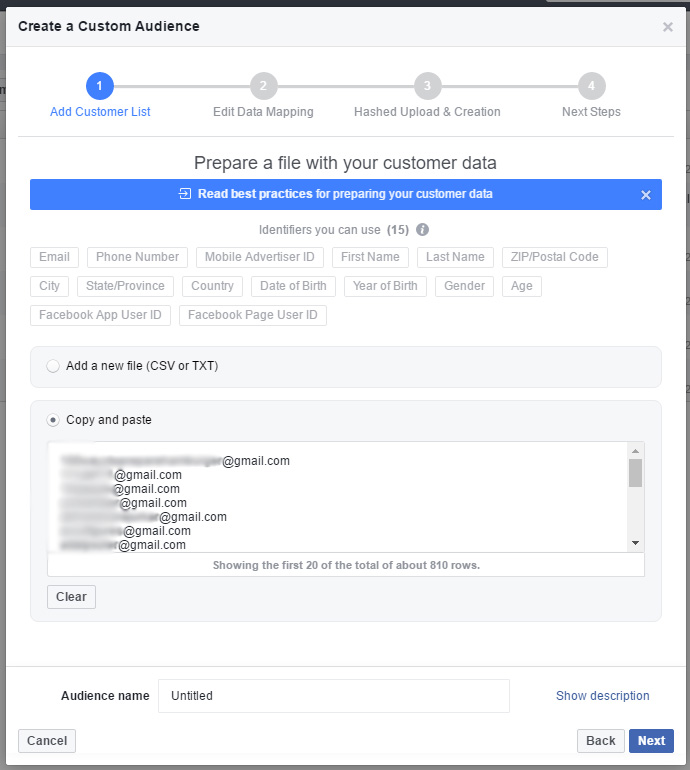
Step 3: Launch your ad targeting that audience list
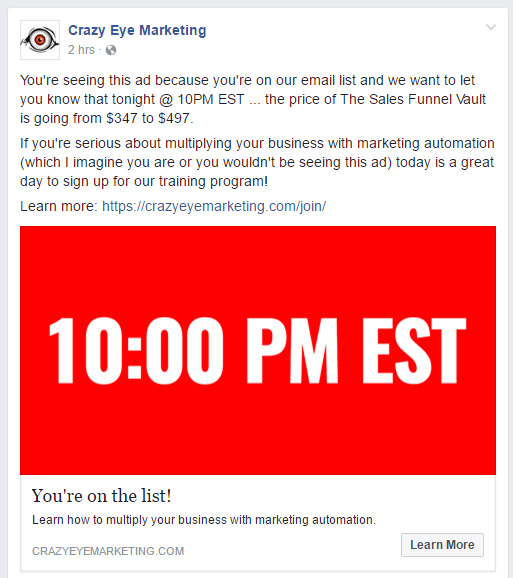
Step 4: Send your email
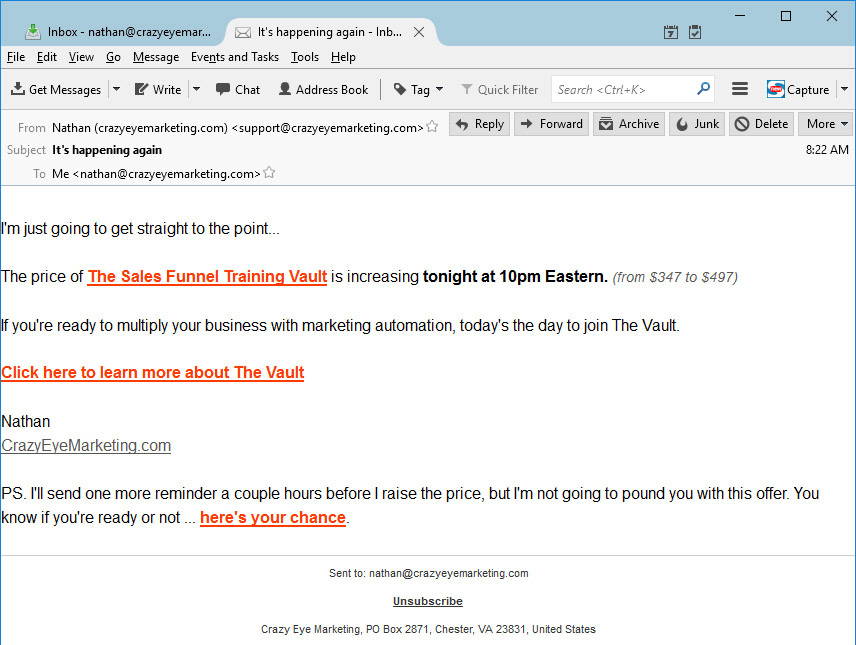
BOOM!
Now, I have my message greeting people in two separate places: their inbox and as they browse Facebook.
There's no escaping my important message.
Do you see how I'm combining the two? I hope so and I hope you see how powerful that is!
Retargeting Strategies
Thanks to the flexibility and power of audience lists and retargeting, there are a million and one different strategies you can employ.
I already let you in on one strategy, retarget your list of email subscribers with the same message you sent via email to ensure they see it, whether in their inbox or while browsing Facebook.
While I can't cover all of the many strategies here, I'll share a few popular concepts to help you “think” in the right direction.
Visited Site, But Didn't Opt-in
One of the most popular retargeting strategies is to retarget individuals that have visited your website, but didn't join your email list.
Maybe they didn't see your opt-in form or maybe they weren't interested in the Lead Magnet you offered (see part 2).
Whatever the reason, they left your site without opting-in. However, they did visit your site which means they were interested in what you have to offer and they now know who you are … so, if you show them any ads, they'll be more familiar with your business.
The strategy is to retarget these people with other Lead Magnets. Maybe they didn't like the first one you showed them. No problem, show them one on a completely different topic or one that's in a different format (ie. a coupon vs. a checklist vs. a video course).
You keep trying to bring them back until they're on your email list!
Pro-tip! Clicks & Video Views
To “boost” the number of visitors that land on your site, one strategy is to launch an ad with the goal of getting people to visit your site. For example, you write an amazing blog article that you want people in your niche to see. So, you create an ad that “boosts” that blog post in front of your ideal customers, they see the ad, read the article (visit your site), then you retarget them with ads that offer different Lead Magnets.
This works well is because getting “clicks” to a website is typically cheaper than other advertising goals like conversions.
Another way you can do this is by running a video ad with the goal of “video views”. Like “clicks”, “video views” tend to be cheaper than the other advertising goals available which allow your ad spend to go further.
So, the strategy is to push your video ad in front of as many ideal customers as possible and retarget those that watch 50%+ of your video. Kind of like reading a blog article, if they watch more than half of your video, they've become familiar with your business and your offer; now, it's time to retarget them with Lead Magnets until they're on your email list!
Looked At Product, But Didn't Buy
This one is self-explanatory … if someone looks at your product/service, but doesn't purchase it, retarget them with ads to bring them back to your offer.
You could also include a coupon with your retargeting ad to really incentivize them to take action!
Bought This, But Not That
Also, self-explanatory. If someone buys one product from you, but doesn't take the upsell or any of the complementary products, you retarget them with ads promoting the products they're likely interested in.
For example, if someone buys a set of kitchen knives, a complementary product would be a knife sharpener. So, a good retargeting ad would offer that person a discount on knife sharpeners.
Pull'em Through The Funnel
You're able to pull people through your sales funnel with audience lists and retargeting ads.
I'll illustrate this with an example.
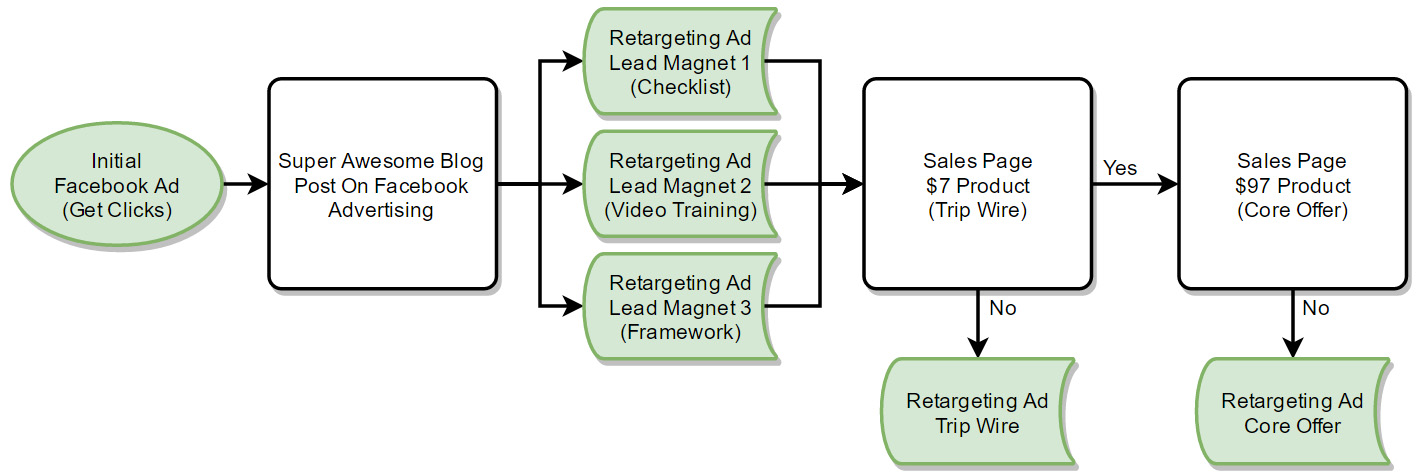
Let's say you want to sell a $97 course on Facebook Ads (Core Offer), so you setup a Micro Sales Funnel (part 6) to attract people, educate them, and ultimately sell your course.
You decided to write a “Super Awesome Blog Post On Facebook Advertising” and you're sending as much traffic to that post as possible via Facebook Ads.
Every person that lands on your article is then “pixeled” and added to an audience list you've created.
You then promote ads to that audience list with offers for 3 different Lead Magnets. They all have to do with Facebook advertising; however, one is a checklist, one is video training, and one is a framework for people to follow.
Individuals will then opt-in to your email list when they request a Lead Magnet, so you can follow up with them via email in addition to retargeting.
The first product you offer after they opt-in is a $7 product, sometimes called a Trip Wire because it's priced so low, people can't help but grab it and “trip” into your Core Offer.
If they don't buy your Trip Wire right away, retarget them with ads that bring them back to your sales page.
If they do buy your Trip Wire, offer them your Core Offer (the $97 Facebook Course). If they buy it, great! They did what you wanted; however, if they don't, you can retarget them with ads bringing them straight back to your Core Offer sales page.
Obviously, as they progress through the funnel, you stop showing them the previous ads. For example, as soon as they've seen your “Super Awesome Blog Post”, stop showing the ads that promote your blog post and instead show ads that promote your Lead Magnets. Once they grab one of your Lead Magnets, stop showing them those ads and only show ads that promote your Trip Wire. And so on.
As you can see, there's a lot you can do here and many things to try … retargeting can make or break your campaigns!
What About Other Retargeting Platforms?
There are several 3rd party retargeting platforms out there like AdRoll, Perfect Audience, and Criteo …
BUT! You're not going to pay them any attention!
You're going to stay focused on the 1 paid advertising source you selected way back during part 1!
There are so many features and options in both Facebook Ads Manager or Google Adwords that you have absolutely ZERO reason to dabble with a 3rd party tool.
Master your ONE platform first. Once you've really, truly, nailed it down … ie. it's generating profit … THEN, you can work on the other platform. Once you've mastered BOTH Facebook and Adwords (will take you years), then … sure, dabble with some 3rd party tools.
Ok?
Summary
Retargeting is a very powerful advertising method where you show ads to individuals that are on various audience lists … lists that are created based on website activity, customer files, and engagement.
With these audience lists, you're able to create Lookalike or Similar Audiences to help expand your reach.
Combining retargeting with marketing automation (ie. emails) is a very powerful force.
There are a bunch of strategies you can employ with retargeting. Just use your head, look for “holes” in your marketing campaigns and “plug” them with retargeting ads.
Finally, don't mess with 3rd party retargeting tools until you've mastered BOTH Facebook and Google Adwords.
Click here to go to Part 5: How To Optimize Your Point-Of-Sale To Instantly Increase Revenue

